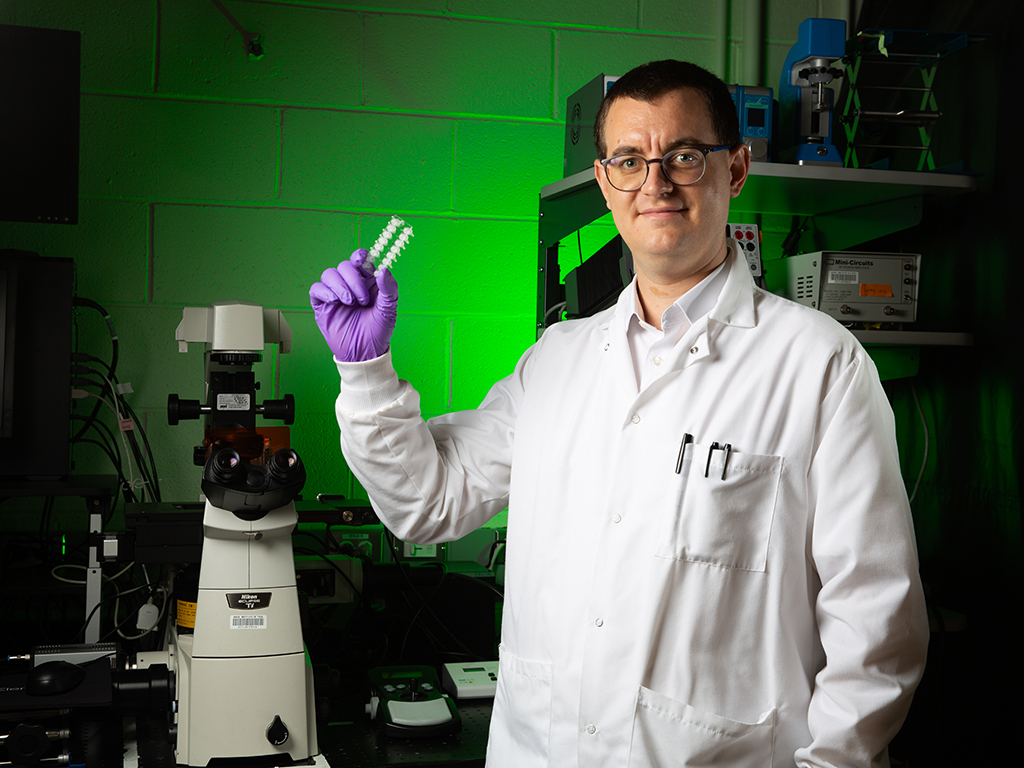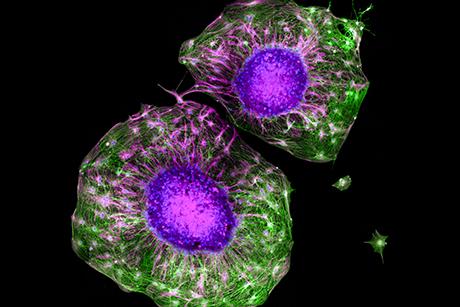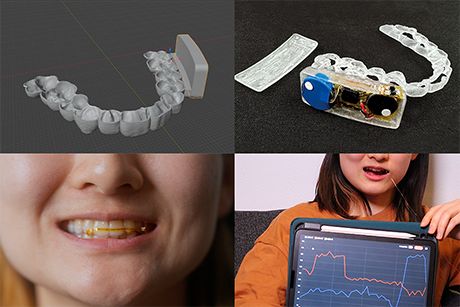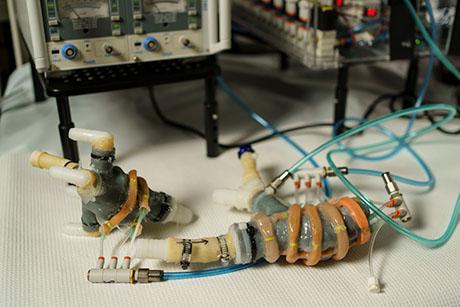Accessible, open-source tools for measuring zeta potential
New research represents a pioneering effort in microbial characterization
Understanding the surface charge of bacteria and microbes—vital for their interactions within biological and environmental systems—poses significant challenges for scientists and engineers. Traditionally, zeta potential, an indirect measure of surface charge, has been difficult to ascertain without specialized equipment and facilities. Research from the MIT Laboratory for Energy and Microsystems Innovation (LEMI) presents a novel solution, leveraging commercially available polymethyl methacrylate (PMMA) microfluidic chips and open-source data analysis workflows.
Jonathan Cottet, a senior postdoctoral associate and lead author of the study “Zeta potential characterization using commercial microfluidic chips,” emphasizes the broader goals of this research. “Our aim is to democratize access to this vital research tool, making it easier for scientists worldwide to replicate and build upon our findings. This method marks not only a significant scientific advance but also a step towards making complex analyses more universally accessible and efficient.”
 Jonathan Cottet, a senior postdoctoral associate and lead author of the study “Zeta potential characterization using commercial microfluidic chips" (Photo: Tony Pulsone)
Jonathan Cottet, a senior postdoctoral associate and lead author of the study “Zeta potential characterization using commercial microfluidic chips" (Photo: Tony Pulsone)Zeta potential is crucial for understanding the electrokinetic behavior of particles in suspension, influencing the stability of colloidal systems in various applications, from pharmaceuticals to environmental technologies. By eliminating the need for custom microchannel fabrication, this approach simplifies zeta potential measurements, enhancing reproducibility and broadening accessibility. The use of off-the-shelf microfluidic chips encourages wider participation in this field, particularly among researchers lacking the resources for traditional methods.
This project is the result of a cross-departmental collaboration between the Mechanical and Chemical engineering departments at MIT, and is supported by a Multi University Research Initiative (MURI) grant. It also highlights the valuable contributions of several undergraduate students, underlining the educational impact of hands-on research experience.
By making zeta potential measurement more straightforward and accessible, the research opens new avenues for scientific exploration and innovation, and reinforces LEMI’s commitments to advancing knowledge and application in the microbiological and colloidal sciences.


